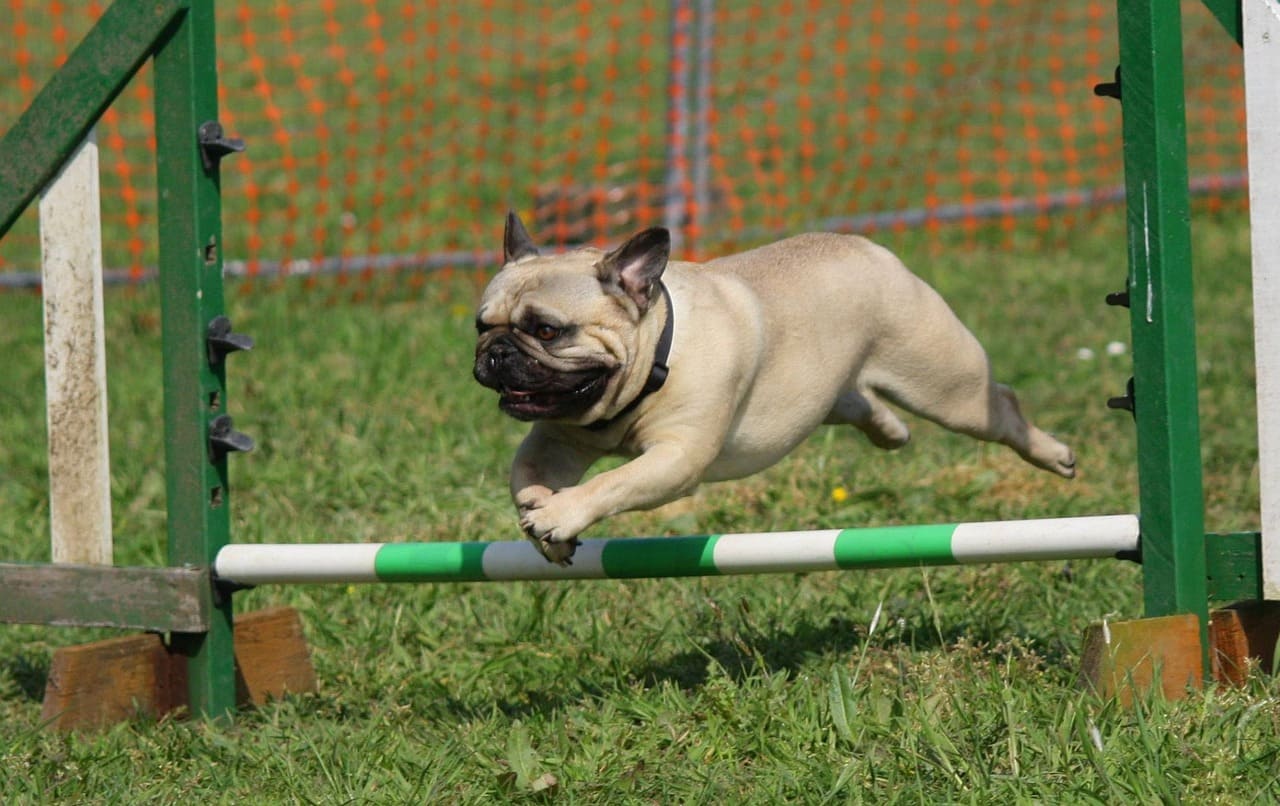
Dog trainers will always tell you that when you begin teaching your dog new skills, you should ensure that nothing else is going on that might distract your dog. In reality, this is not that simple. You can’t control all the factors influencing your dog at any given time.
Distractions are everywhere, and the word ‘distraction’ can be misleading. The scientists amongst you will be familiar with the term ‘variables,’ but this concept may be a bit unfamiliar for many people. So, let’s find out how understanding the variables at work in dog training can make life much easier for you and your dog.
Table of Contents
What is a variable
Anything that affects your dog’s training session and how quickly or easily your dog learns is a variable. Some of these variables are things you might term ‘distractions,’ like kids playing or rabbits hopping about. Some variables are changes in the environment or the difficulty level of the task you are asking the dog to do.
Many different variables are conspiring to trip you up whenever you train your dog. Here are a few of them:
- Duration of the task
- Weather (especially wind)
- Emotional state (you and/or the dog!)
- Distance between you and the dog
- Presence or absence of other people
- Presence or absence of other dogs
- Sight or sound of vehicles/machinery
- Novel locations, terrain
- Speed at which other people, dogs, or vehicles are traveling
- Presence of farm animals
- Presence of game or wildlife
- Proximity of farm animals, game, or wildlife
You can probably think of others.
How much influence a variable will have on your dog depends on the level of the variable balanced against the dog’s exposure to it. For example, dogs are very distracted by wind. The stronger the wind, the more preoccupied they become. Until that is, they have been trained regularly in windy conditions.
Each variable will act like a ‘brake’ on the dog’s learning. The more intense the variable, the more influential the brake. The more the dog has been trained in the presence of that variable, the weaker the brake’s power.
One variable at a time
Dogs learn best and with the least corrections when only one variable is altered. It is not a good idea to increase the duration of a task while making it more difficult, for example. If you increase your dog’s sit length from 1 to 2 minutes, you will not introduce ‘hiding’ from him simultaneously or take him to a brand new training location to do the extra extended sit. The novelty of the site or your disappearance are both variables that can put a ‘brake’ on your dog’s ability to learn. The more time he has spent at this new location, the less of a braking effect the different location will have on his ability to pay attention and learn.
You can see that if you teach your dog to walk to heel off the lead, it is not a good idea to do it when your neighbor has their grandchildren round to play on the other side of the fence for the first time. Every time you teach a new thing, try to keep other new things out of the equation, and every time you go to a new place or put your dog in a unique situation, let him practice skills he knows ‘off by heart.’
Dogs also learn best when there is a ‘balance’ in the variables present in your training session on any given day.
Balancing your variables
When you introduce a brand new variable, it makes training much harder for your dog. You must balance this by ensuring that all the other variables are simple. If you are introducing your dogs to walking off-lead at heel past other dogs, have the other dogs standing still, then walking slowly. Don’t begin by walking him at heel past other dogs playing Frisbee or leaping about in his favorite stream.
This applies even if you know his recall or sit is solid amongst other dogs. Let him focus on the new thing and keep all the other demands on him to a minimum.
This is where planning ahead really helps. If you think about how many variables are involved in what you are trying to achieve with your dog in any session, you may be surprised at how much you are asking him to take on board. The session you may be surprised at
New skills in old places, old skills in new places
While much of this is common sense, it is easy to forget how much is happening around you and your dog when you are training. You can’t control every variable, but you can control what you expect of your dogs. If you can remember to always start teaching new skills in familiar places and to teach familiar skills in unknown places or under new conditions, you won’t go far wrong.
If you enjoyed this article, you might like to read ‘How to Use Reward Markers in Dog Training’ and ‘The Use of Aversives in Dog Training.’








Leave a Reply
You must be logged in to post a comment.